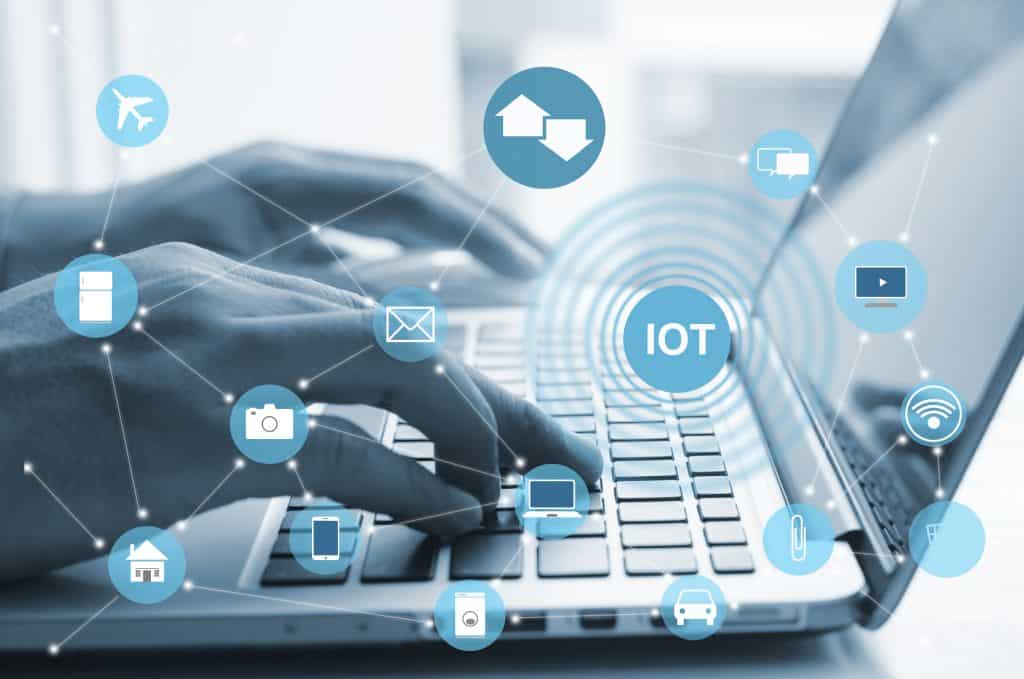The Internet of Things (IoT) has revolutionized the way we live our lives. With the ability to connect everyday devices to the internet, we can now monitor and control our homes, vehicles, and even our bodies in ways that were once unimaginable. However, this innovation has also brought with it new challenges, such as data security and privacy concerns. This is where blockchain technology comes in. In this article, we will explore how blockchain and IoT work together to create a more secure and efficient network. Visit Bitcoin Era HomePage for more detail in trading platform.
What is Blockchain?
Blockchain is a decentralized digital ledger that records transactions in a secure and transparent way. Instead of having a central authority or intermediary, blockchain relies on a network of nodes to validate and confirm transactions. Each block in the chain contains a set of transactions, and once added to the chain, it cannot be altered. This ensures the integrity and immutability of the data recorded on the blockchain.
How does Blockchain work with IoT?
IoT devices generate vast amounts of data, and this data needs to be stored and secured in a way that protects the privacy of the user. By integrating blockchain technology with IoT, the data generated by these devices can be stored and shared in a secure and decentralized way. This ensures that the data is tamper-proof and cannot be altered by unauthorized parties.
Securing IoT Devices
One of the biggest challenges with IoT devices is that they are vulnerable to cyber attacks. Hackers can exploit vulnerabilities in the devices to gain access to sensitive data or take control of the device. By using blockchain technology, IoT devices can be made more secure. Each device can have its own unique identity and be registered on the blockchain, ensuring that only authorized parties can access it. Any attempts to tamper with the device will be immediately detected, as the blockchain records every transaction and change.
Privacy Protection
Another advantage of using blockchain with IoT is that it can protect the privacy of the user. With traditional centralized systems, the user’s data is stored on a server controlled by a third party. This means that the user has to trust that the third party will not misuse their data. With blockchain, the user’s data is stored in a decentralized network, and they have full control over who can access it. This ensures that the user’s privacy is protected, and their data cannot be sold or misused without their consent.
Smart Contracts
Blockchain technology also allows for the creation of smart contracts, which are self-executing contracts that are programmed to automatically trigger when certain conditions are met. This is particularly useful for IoT devices, as it allows for the creation of automated processes that can be triggered by the data generated by the devices. For example, a smart contract could be programmed to automatically reorder supplies when stock levels fall below a certain threshold.
Supply Chain Management
Blockchain technology can also be used to improve supply chain management for IoT devices. By creating a decentralized network of suppliers, manufacturers, and distributors, the supply chain can be made more transparent and efficient. Each step of the process can be recorded on the blockchain, ensuring that every party has access to the same information. This helps to reduce errors and delays, and can even be used to track the origin and authenticity of the components used in the devices.
Challenges and Limitations
While blockchain and IoT offer many benefits, there are also some challenges and limitations to consider. One of the biggest challenges is scalability. Blockchain networks can become congested and slow down as more nodes are added to the network. This can be a problem for IoT devices, as they require real-time processing of data. Another challenge is the complexity of the technology. Blockchain and smart contracts require a certain level of technical expertise, which may not be available to all users.
Conclusion
In conclusion, the integration of blockchain and IoT has the potential to revolutionize the way we interact with technology. By leveraging the security and transparency of blockchain, IoT devices can be made more secure and efficient, while also protecting the privacy of the user. The use of smart contracts and decentralized supply chain management can also help to streamline processes and reduce errors. However, it is important to note that there are also challenges and limitations to consider. As with any emerging technology, it will take time and collaboration to fully realize the potential of blockchain and IoT. Nonetheless, the combination of these two technologies has the potential to transform our lives and create a more secure and efficient network.
Disclaimer: The views and opinions expressed in this article are those of the authors and do not necessarily reflect those of Geek Vibes Nation. This article is for educational purposes only.
Caroline is doing her graduation in IT from the University of South California but keens to work as a freelance blogger. She loves to write on the latest information about IoT, technology, and business. She has innovative ideas and shares her experience with her readers.






